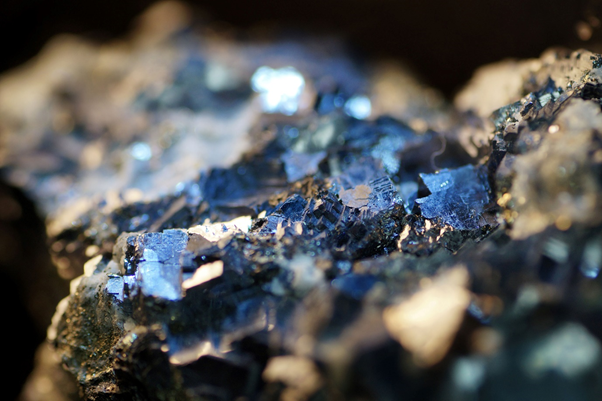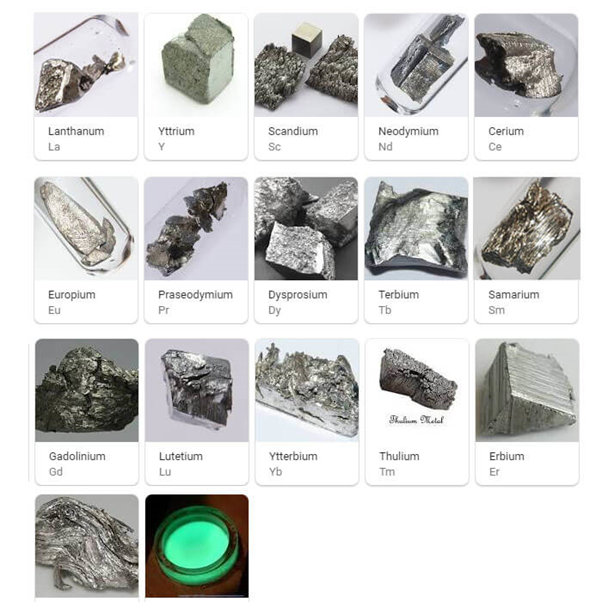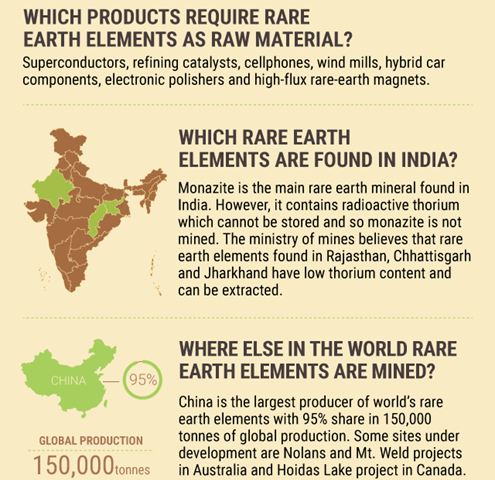India and Minerals Security Partnership (MSP)
- Posted By
10Pointer
- Categories
World Affairs
- Published
6th Aug, 2022
-
Context
India is aspiring to join the 11-member US-led partnership for critical mineral supply chains called ‘Minerals Security Partnership (MSP)’.

What is the Minerals Security Partnership (MSP)?
- The US and 10 partners — Australia, Canada, Finland, France, Germany, Japan, the Republic of Korea (South Korea), Sweden, the United Kingdom, and the European Commission — have come together to form the MSP.
- The new grouping is aimed at catalysing investment from governments and the private sector to develop strategic opportunities.
- Demand for critical minerals, which are essential for clean energy and other technologies, is projected to expand significantly in the coming decades.
- The MSP will help catalyse investment from governments and the private sector for strategic opportunities — across the full value chain — that adhere to the highest environmental, social, and governance standards.
Focus of MSP
- The new grouping could focus on the supply chains of minerals such as Cobalt, Nickel, Lithium, and also the 17 ‘rare earth’ minerals.
- The alliance is seen as primarily focused on evolving an alternative to China, which has created processing infrastructure in rare earth minerals and has acquired mines in Africa for elements such as Cobalt.
What are Rare Earth Elements?
- The 17 rare earth elements (REE) include the 15 Lanthanides (atomic numbers 57 — which is Lanthanum — to 71 in the periodic table) plus Scandium (atomic number 21) and Yttrium (39).

- REEs are classified as light RE elements (LREE) and heavy RE elements (HREE).
- Some REEs are available in India — such as Lanthanum, Cerium, Neodymium, Praseodymium and Samarium, etc.
- Others such as Dysprosium, Terbium, and Europium, which are classified as HREEs, are not available in Indian deposits in extractable quantities.

Why are these minerals important?
- Minerals like Cobalt, Nickel, and Lithium are required for batteries used in electric vehicles.
- REEs are an essential — although often tiny — component of more than 200 consumer products, including mobile phones, computer hard drives, electric and hybrid vehicles, semiconductors etc.
Where does India stand?
- There is a dependence on countries such as China for HREEs, which is one of the leading producers of REEs, with an estimated 70 per cent share of the global production.
- India is seen as a late mover in attempts to enter the lithium value chain, coming at a time when EVs are predicted to be a sector ripe for disruption.
- The year 2022 is likely to be an inflection point for battery technology — with several potential improvements to the Li-ion technology.
- India has an ambitious plan to convert a large percentage of its transport to electric, and would require these minerals.
- According to the plan, 80 percent of the country’s two- and three-wheeler fleet, 40 percent of buses, and 30 to 70 per cent of cars will be EVs by 2030.


